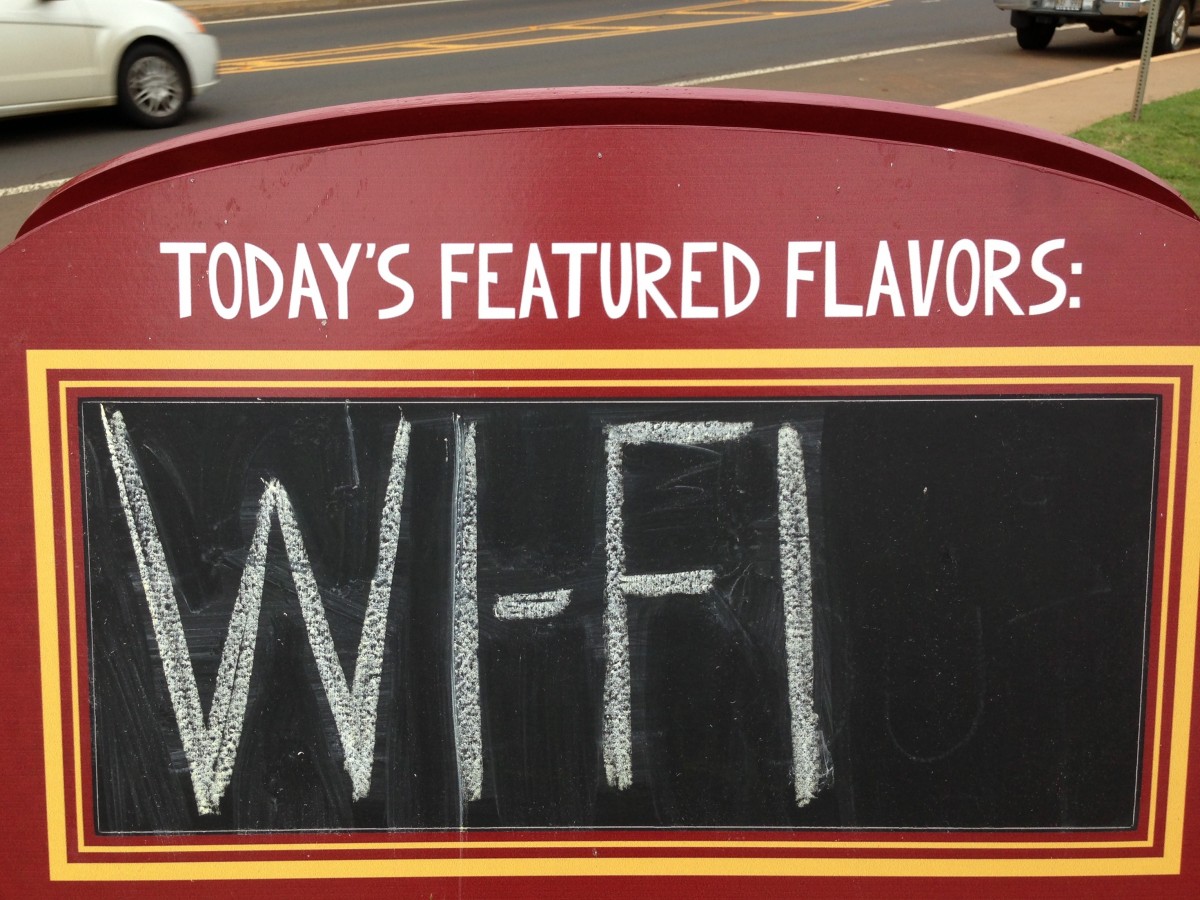Wifi Connected but I Don’t Have Internet
The “Wifi connected but no internet connection” is a common error that occurs for various reasons. As such, you’ll find numerous solutions proposed to fix the issue even if the cause may not be so apparent. Applying any of the proposed solutions you come across to restore your internet connection would be frustrating and confusing. The best thing would be to start with the obvious fixes before calling Windows/Apple support unnecessarily or restoring your device to factory settings.
The simple fixes provided below will solve Wifi connection issues for both Windows and OS X.
Check the Router
Try out different devices and check whether they too have a connection problem. If other devices are wifi connected but your PC isn’t, then there is a possible misconfiguration on your computer. However, if the internet connection problem affects all other devices, you should bypass the router and connect your ethernet cable directly to your PC. If this setup gets your device connected, the issue lies with your router. The most common fix for the router is to turn off both router and modem for about 5 minutes and restart. If the problem persists, proceed through the following solutions.
Internet Connection Issue
Having difficulties connecting to the internet with your Wifi connected could result from service disruptions or broken cables and not your devices. Therefore, it’s crucial to check your router and modem to see whether the “connection light” is on without constant flickering. Otherwise, you should contact your Internet service provider immediately. If you are experiencing ongoing issues, looking into changing providers can be worthwhile. There are plenty of ways you can find internet providers in your local area, and using comparison sites is one of those. Doing your research can help you discover information on different aspects of a service provider, including speeds and reliability.
Restart your Device
If other devices connect to the internet, the problem lies with your PC and its adapter. Restart your device, wait for a few minutes before a restart, and check whether that fixes the issue.
Run The Network Troubleshooter
If restarting doesn’t work for you, locate the network icon mostly at the bottom-right corner of your taskbar and click “troubleshoot problems.” Troubleshooting will prompt your PC to detect and solve connection issues automatically.
Besides, Mac devices always detect problems every time you try connecting through Wifi. Check the status menu bar on your macOS to see if there’s an item labeled “Wifi Recommendations.” Click on the icon and check the provided recommendations. Note that the tab only appears when the macOS has detected Wifi issues.
Update Your Wireless Modes
The standard and wireless mode that your router uses contain bearing on internet coverage and speeds. The common standards include the oldest and slowest 802.11b and the fastest and the latest 802.11ac. So, if you have a device that can only connect to 802.11b, you also need a router based on the same model. However, if your router model is inconsistent with your device model, it creates a conflict that affects the connection. This means that you have to identify your router details by opening your command prompt. Type “ipconfig” and scan for the gateway section indicating the IP address.
You can also find the details through the graphical user interface (GUI)
- Open the Network and Sharing and double click on your router
- Click on “Details”
The prompt will display your router’s IP on the IPv4 section
- Enter the IP address on your browser for credentials to access your router.
- After you log in, locate the “wireless mode” option under the “settings.”
- Change your wireless router mode to match your device’s and save.
- Now restart your device and Wifi to see if the problem is solved.
Although there’s no perfect formula to solve network issues, one of these steps should take care of it. Following these steps will help you DIY to ensure nothing is blocking your wifi connection. Nonetheless, you still have the space to consider more comprehensive troubleshooting at your convenience.


Internet providers, or Internet Service Providers (ISPs), are companies that connect individuals and businesses to the internet. They offer a variety of connection types, such as broadband, DSL, fiber optics, satellite, and wireless. ISPs vary in terms of coverage, speed, and pricing, so choosing the right provider is crucial to ensure reliable and efficient internet access for both personal and professional needs.